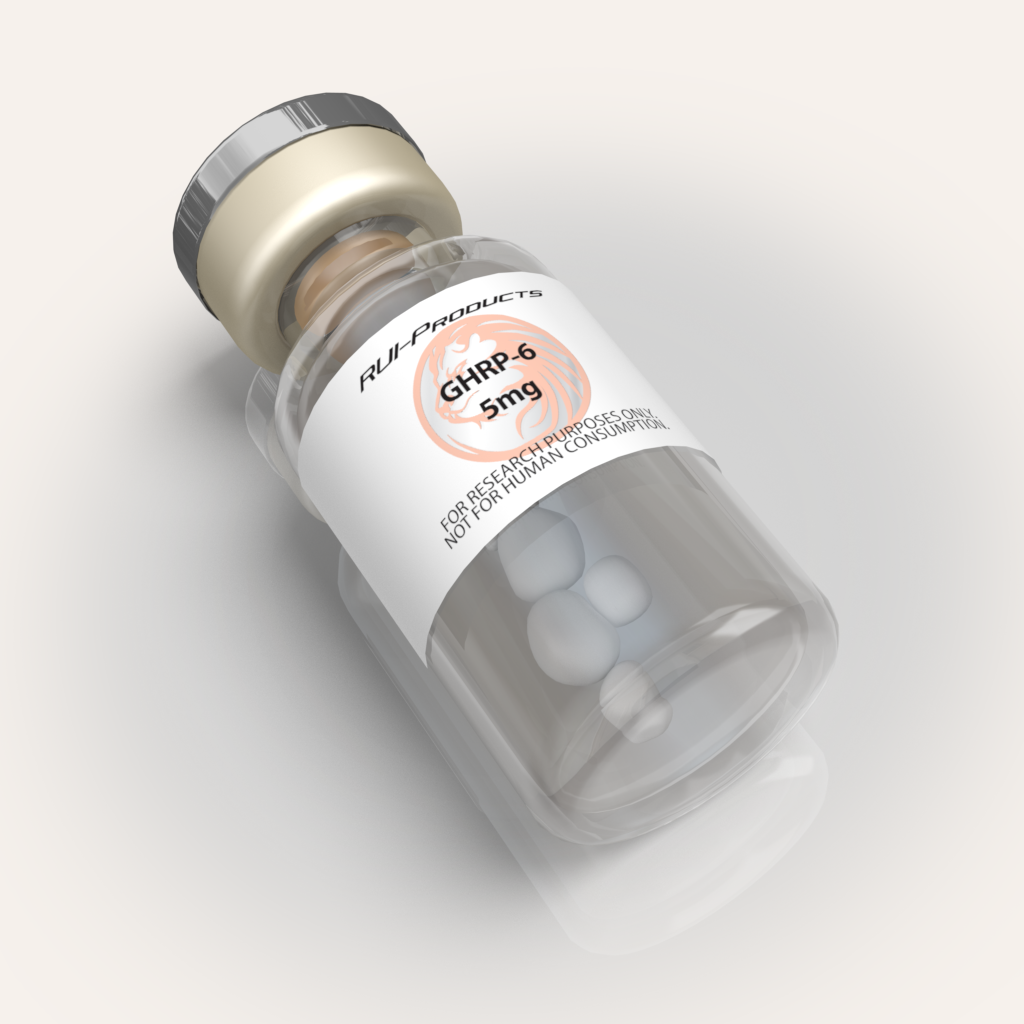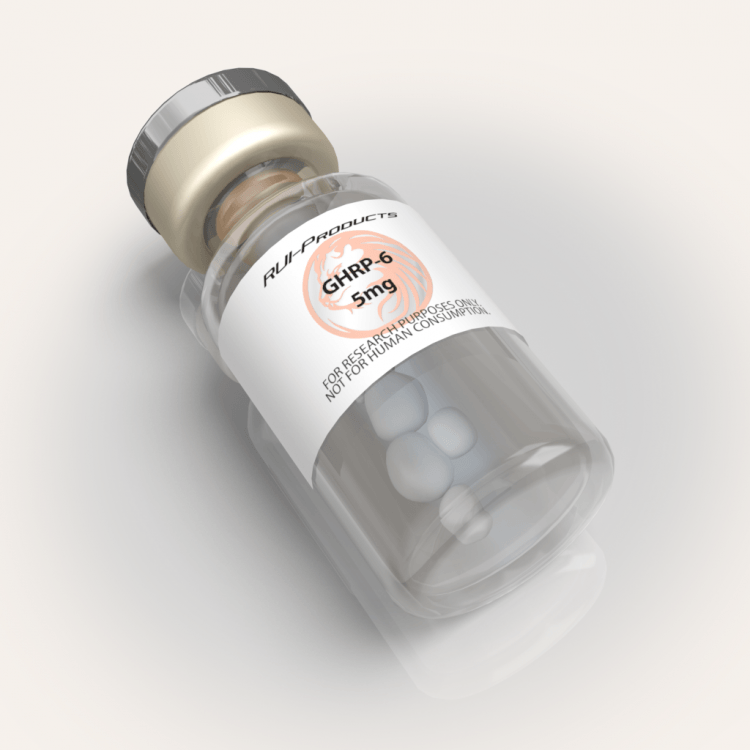
Q: “I can afford to do either a moderate cycle of human growth hormone (hGH) or of a growth hormone releasing peptide (GHRP). I like the idea of using a GHRP to stimulate my own growth hormone production, rather than getting hGH out of a needle. I’m mostly trying to keep my body functioning well, as I’ve been getting a lot more injuries lately. But hGH seems to have more of a reputation for healing. Which is a better pick for my purpose? And for muscle gains, will I do as well with a GHRP as with hGH?”
A: For healing properties, a GHRP at for example 150-200 mcg 3x/day is certainly a valid choice compared to hGH at doses such as 2-4 IU/day. A GHRP may even be a superior choice, and personally I prefer it.
GHRP’s stimulate GH release by working like ghrelin, a hormone produced mainly by the stomach. By activating the ghrelin receptor, ghrelin stimulates growth hormone production. It also has many other activities.
With regard to healing, it can stimulate differentiation of stem cells, reduces catabolism, and is anti-inflammatory. This is in addition to effects from stimulated growth hormone production.
Side effects of GHRP’s include increases in appetite, cortisol, prolactin when estradiol is elevated, and gastric motility. These all result from working at the ghrelin receptor: ghrelin itself does all these things. Usually, none of these are problems in correctly dosed cycles, but the effects do exist.
GHRP-6 exhibits the GH-releasing properties of ghrelin and most likely provide the muscle and healing benefits of ghrelin as well.
Ipamorelin exhibits the GH-releasing properties of ghrelin but has little to no effects on appetite, cortisol, or prolactin. And it seems to have relatively little effect on gastric motility. So apparently ipamorelin is an efffective ghrelin receptor agonist in some parts of the body but not others. It may not work as ghrelin does with regard to healing, stem cell differentiation, anti-catabolic, or anti-inflammatory properties. Or, it may not be very potent in those regards.
GHRP-2 may be, so to speak, somewhere in the middle between GHRP-6 and ipamorelin with regard to effects other than growth hormone stimulation. It does have ghrelin’s effects in increasing cortisol and prolactin (when estrogen is high) but has lesser effect on appetite and on gastric motility.
For healing purposes I prefer GHRP-6, which seems to do everything ghrelin does. GHRP-2 certainly has worked for users also, though.
And during an anabolic steroid cycle, I think it’s entirely fair to compare the modest added muscle-building results from GHRP-6 use with the modest added results from moderate dose hGH use.
Of course, the scientific reasons for why GHRP use might help heal are really of no importance compared to whether assistance in healing occurs in practice. The good news, it often does, at least with GHRP-6 and with GHRP-2.

About the author
Bill Roberts is an internationally-recognized expert on anabolic steroids and performance-enhancing drugs (PEDs). He received a bachelor degree in Microbiology and Cell Science and completed the educational and research requirements for a PhD in Medicinal Chemistry at a major American university.
Bill entered the nutritional supplement industry prior to completing his doctoral thesis but his education was invaluable so far as being able to design/improve nutritional supplement compounds, since it was in the field of designing drug molecules and secondarily some work in transdermal delivery.
His education was not specifically "geared" toward anabolic steroids other than expertise with pharmacological principles having broad applications. This has allowed Bill to provide unique insight into the field of anabolic pharmacology with knowledge of points which he would not have known otherwise.
Leave a Reply
You must be logged in to post a comment.